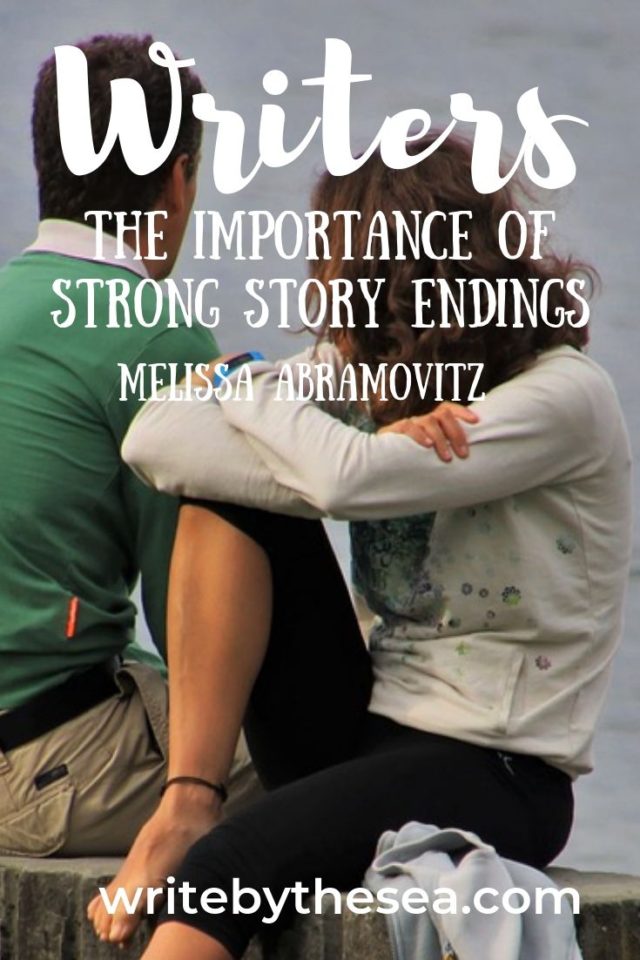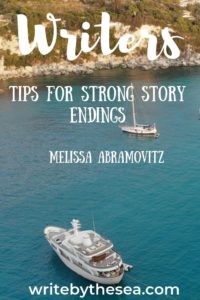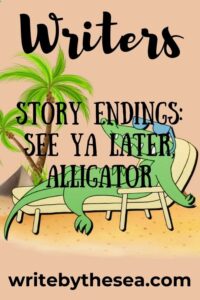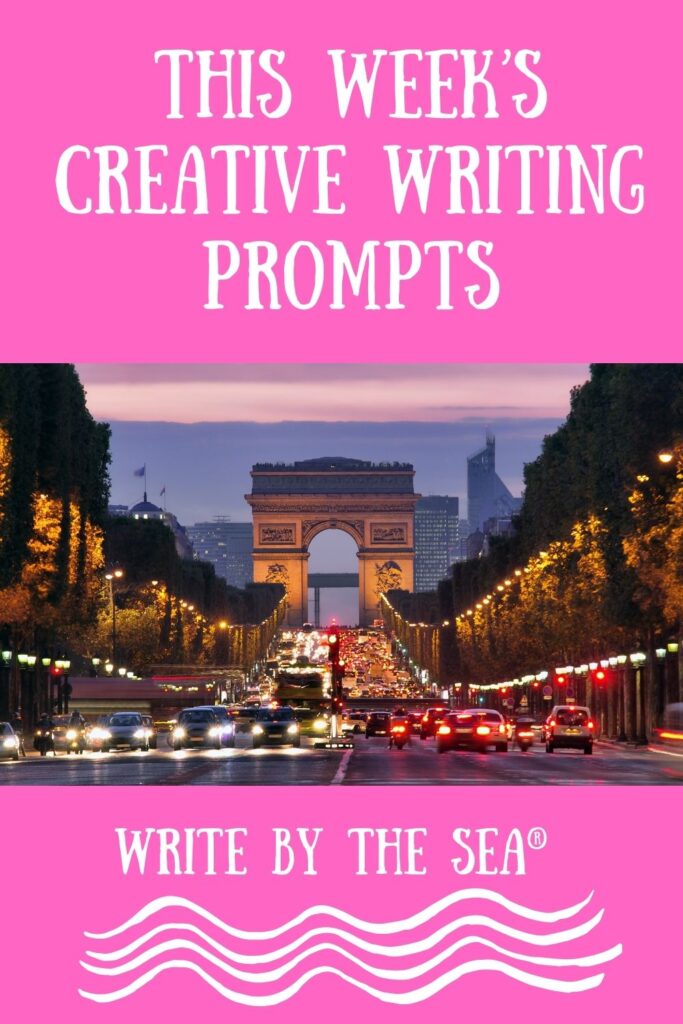Writing instructors and editors talk about the importance of “hooking” readers with a story’s beginning all the time, but far less often emphasize the importance of a strong, memorable ending for both fiction and nonfiction books and magazine articles. How about story endings?
Strong beginnings and endings are equally critical.

Stories that lack a strong beginning will not get read, and those with weak endings are not likely to be remembered or to make readers feel satisfied.
A strong ending is also likely to leave readers hungry to read more books or articles by the author.
When writing for children, the target age group largely determines what constitutes a weak or strong ending.
At the same time, though, there are some universal constants that govern endings’ desirability for all age groups.
One type of universally appealing ending is the catchy phrase.
For instance, would you be more likely to remember a story that ends with the phrase “See ya later, alligator” or one that ends with “Bye now”?
Both phrases mean the same thing, but the catchy phrase wins.
In fiction, satisfying endings often exemplify a critical aspect of the main character’s personality or illustrate how he or she has grown or changed through the story.
One of my favorite examples of this is the ending of Gone with the Wind, where Scarlett O’Hara declares, “After all, tomorrow is another day!”
This unforgettable ending reveals reams about Scarlett herself.
It also leaves the reader with hope.
A variation on the character characterization or growth ending is the full-circle ending, where the ending refers to the story’s beginning to illustrate that the central conflict has been resolved.
In Dr. Seuss’ Green Eggs and Ham, for example, the ending, “I do so like green eggs and ham! Thank you! Thank you, Sam-I-am!” brings the beginning, “I do not like green eggs and ham. I do not like them Sam-I-am” full circle.
The full-circle ending is also popular in nonfiction articles or books, and as in fiction, it refers to (but should not repeat) the beginning.
A variation on the full-circle ending is the title ending, which uses the title in the ending.
This is an effective method of making the title and story memorable.
For instance, in my magazine article titled “Laughter Is the Best Medicine,” I ended with “These recent scientific studies prove what many people have known for centuries – laughter really is the best medicine.”
Other popular endings for nonfiction are summary, significance, anecdote, and quotation endings.
All these types of endings tell the reader why the subject matter is important.
However, it’s easy to over-summarize or drag these endings out, resulting in boredom and repetition.
So be sure to keep this type of ending brief.
As an example of a significance ending, in my nonfiction children’s article titled “Cybercrime Doesn’t Pay,” I ended with “Just like the old-fashioned Hardy Boys, computer sleuths must keep digging for evidence and looking for new clues. That part of detective work is no mystery.”
This type of ending can overlap with other types; this one is also a full-circle ending, since I began the article with a sentence that compared modern cybercrime detectives to old-fashioned detectives.
Advice endings are also common in nonfiction.
These are effective if they grow out of the article or book’s main point and are not didactic.
The main purpose of an advice ending is to encourage readers to think about how the topic relates to them.
In a teen article I wrote about tattoos and body piercings, for example, I ended with “Remember that these body adornments are intended to be permanent. If you’re not sure you want them forever, maybe they’re not right for you in the first place.”
One of my favorite types of nonfiction endings is what I call the “just plain weird” ending.
Just as beginning a nonfiction piece with a strange or provocative fact can lure readers in, ending this way can leave a lasting impression.
One excellent weird ending I saw in a children’s article about bread baking in ancient Greece revealed that bakers kneaded dough with their feet.
Kids would not be likely to forget that fact!
The main consideration in crafting your endings should be to ask yourself if the ending conveys the lasting impression you want readers to have.
See ya later, alligator!
About Melissa Abramovitz
 Melissa Abramovitz was a freelance writer for over 25 years and specialized in writing nonfiction magazine articles and books for all age groups. She was the author of hundreds of magazine articles, more than 30 educational books for children and teenagers, numerous poems and short stories, and several children’s picture books. Her book for writers, A Treasure Trove of Opportunity: How to Write and Sell Articles for Children’s Magazines, has been widely acclaimed since its publication in 2012.
Melissa Abramovitz was a freelance writer for over 25 years and specialized in writing nonfiction magazine articles and books for all age groups. She was the author of hundreds of magazine articles, more than 30 educational books for children and teenagers, numerous poems and short stories, and several children’s picture books. Her book for writers, A Treasure Trove of Opportunity: How to Write and Sell Articles for Children’s Magazines, has been widely acclaimed since its publication in 2012.
For more information about writing for children read Creating Characters for your Children’s Story.
Note: This post may contain some affiliate links for your convenience (which means if you make a purchase after clicking a link I will earn a small commission but it won’t cost you a penny more)! Read my full disclosure and privacy policies...
Don’t forget to join our mailing list.
Just fill in your name and email address, below:










